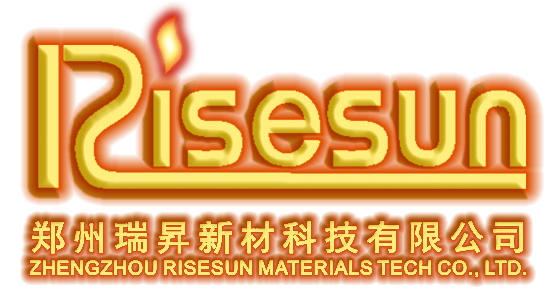17
2024
-
10
Understanding SIC Heating Elements: A Guide to Their Advantages and Applications
Silicon carbide (SIC) heating elements are advanced heating components made from silicon carbide, a material known for its exceptional thermal stability and resistance to oxidation. These elements are widely used in high-temperature applications, making them a preferred choice in industries such as metallurgy, ceramics, and semiconductor manufacturing. One of the primary advantages of SIC heating
Silicon carbide (SIC) heating elements are advanced heating components made from silicon carbide, a material known for its exceptional thermal stability and resistance to oxidation. These elements are widely used in high-temperature applications, making them a preferred choice in industries such as metallurgy, ceramics, and semiconductor manufacturing.
One of the primary advantages of SIC heating elements is their ability to operate at extremely high temperatures, often exceeding 1600 degrees Celsius (2912 degrees Fahrenheit). This capability enables them to be utilized in processes that require consistent and reliable heating, such as sintering, melting, and drying. Unlike traditional resistance heating elements, SIC elements maintain their performance and structural integrity even in challenging environments, making them ideal for long-term use.
Another noteworthy feature of SIC heating elements is their excellent thermal efficiency. They can achieve rapid heating and cooling rates, which not only speeds up processes but also minimizes energy consumption. This efficiency translates to lower operational costs and a reduced carbon footprint, aligning with modern sustainability goals.
SIC heating elements also exhibit outstanding mechanical strength and durability. They are less prone to breakage compared to conventional heating elements, which reduces the need for frequent replacements and maintenance. This durability is particularly beneficial in industrial settings where equipment reliability is critical to maintaining productivity.
Furthermore, SIC heating elements are resistant to chemical corrosion, allowing them to be used in environments that may expose them to harsh substances. This resistance extends their lifespan and ensures consistent performance over time, making them a cost-effective solution for various applications.
The versatility of SIC heating elements is evident in their wide range of applications. They are commonly found in industries such as glass manufacturing, where precise heating is essential for achieving specific material properties. Additionally, they are utilized in laboratory settings for research and development, providing researchers with reliable heating solutions for experiments.
In summary, SIC heating elements represent a significant advancement in heating technology, offering a combination of high-temperature performance, energy efficiency, durability, and versatility. For those considering their use, understanding these elements' unique characteristics can aid in making informed decisions that enhance operational efficiency and sustainability in various industrial applications. By integrating SIC heating elements into processes, industries can benefit from improved productivity and reduced costs while contributing to environmentally friendly practices.
One of the primary advantages of SIC heating elements is their ability to operate at extremely high temperatures, often exceeding 1600 degrees Celsius (2912 degrees Fahrenheit). This capability enables them to be utilized in processes that require consistent and reliable heating, such as sintering, melting, and drying. Unlike traditional resistance heating elements, SIC elements maintain their performance and structural integrity even in challenging environments, making them ideal for long-term use.
Another noteworthy feature of SIC heating elements is their excellent thermal efficiency. They can achieve rapid heating and cooling rates, which not only speeds up processes but also minimizes energy consumption. This efficiency translates to lower operational costs and a reduced carbon footprint, aligning with modern sustainability goals.
SIC heating elements also exhibit outstanding mechanical strength and durability. They are less prone to breakage compared to conventional heating elements, which reduces the need for frequent replacements and maintenance. This durability is particularly beneficial in industrial settings where equipment reliability is critical to maintaining productivity.
Furthermore, SIC heating elements are resistant to chemical corrosion, allowing them to be used in environments that may expose them to harsh substances. This resistance extends their lifespan and ensures consistent performance over time, making them a cost-effective solution for various applications.
The versatility of SIC heating elements is evident in their wide range of applications. They are commonly found in industries such as glass manufacturing, where precise heating is essential for achieving specific material properties. Additionally, they are utilized in laboratory settings for research and development, providing researchers with reliable heating solutions for experiments.
In summary, SIC heating elements represent a significant advancement in heating technology, offering a combination of high-temperature performance, energy efficiency, durability, and versatility. For those considering their use, understanding these elements' unique characteristics can aid in making informed decisions that enhance operational efficiency and sustainability in various industrial applications. By integrating SIC heating elements into processes, industries can benefit from improved productivity and reduced costs while contributing to environmentally friendly practices.



